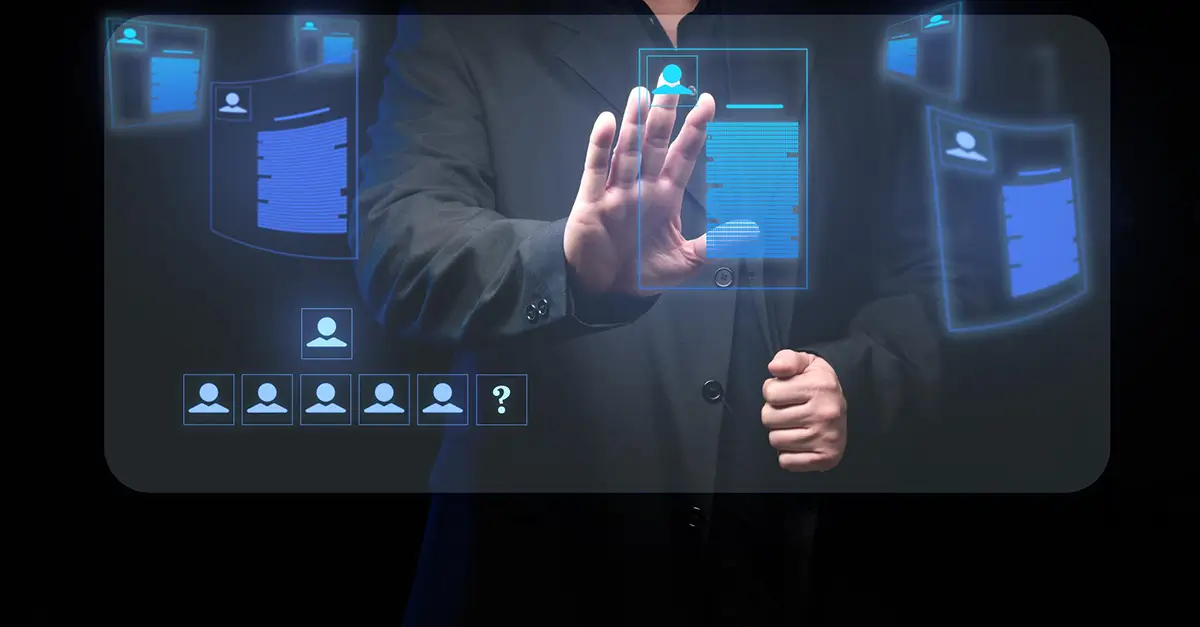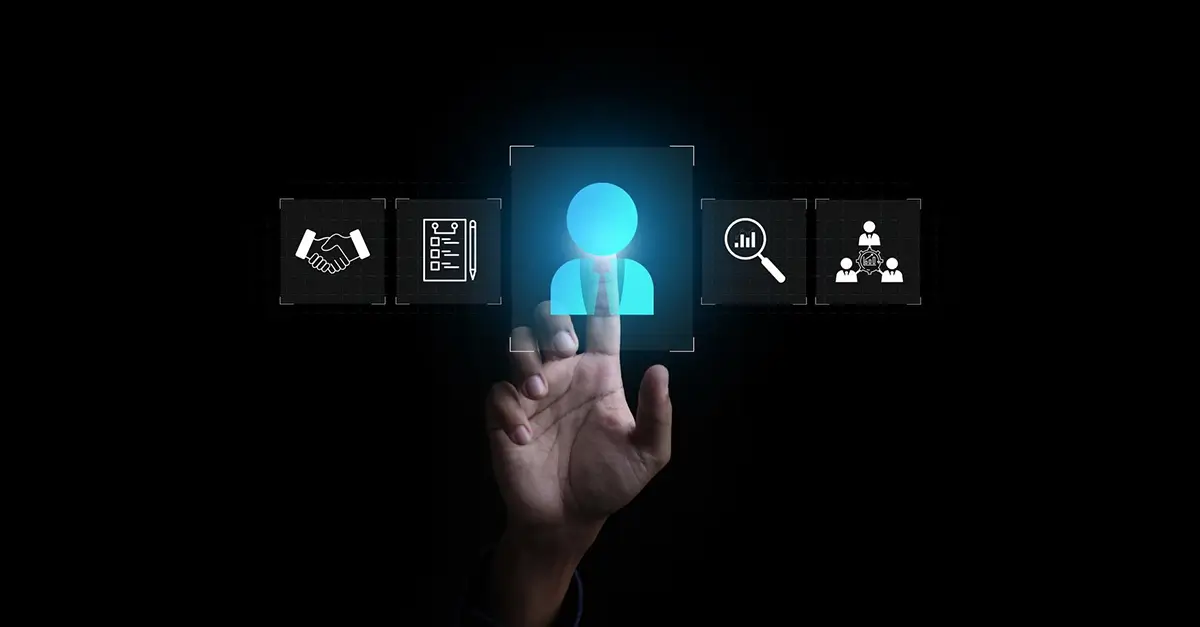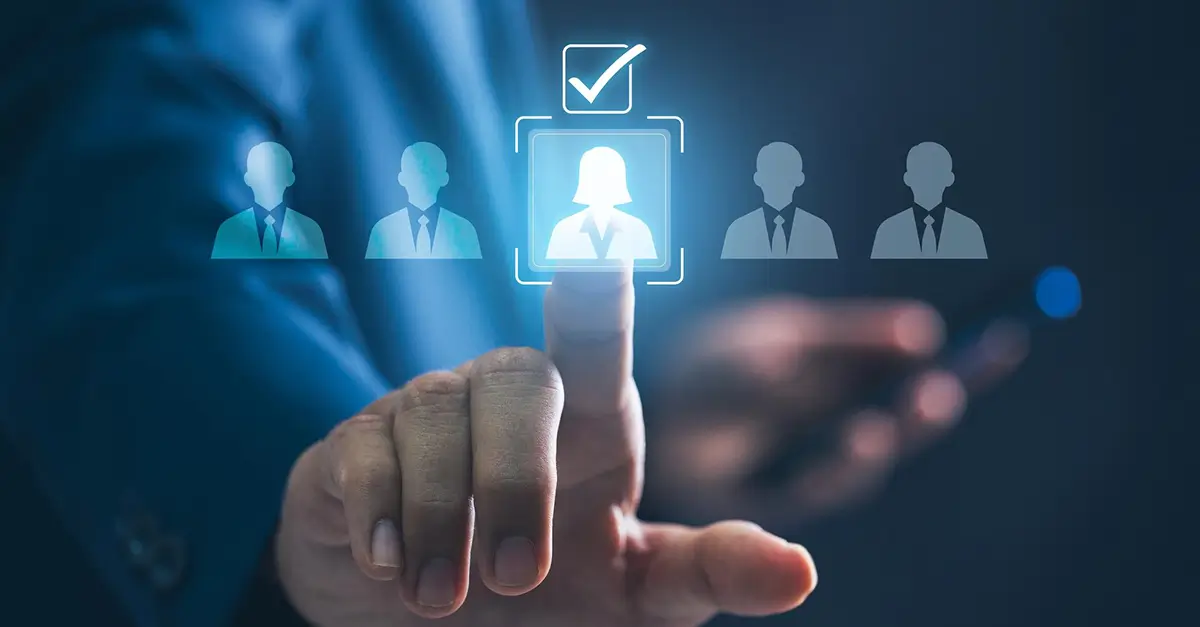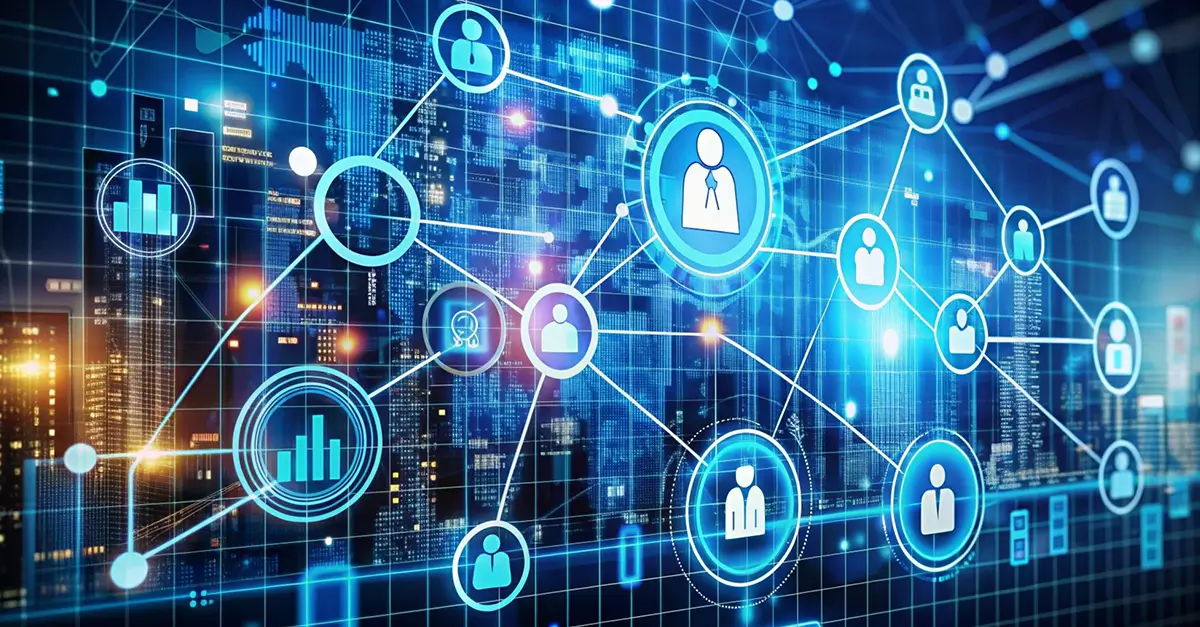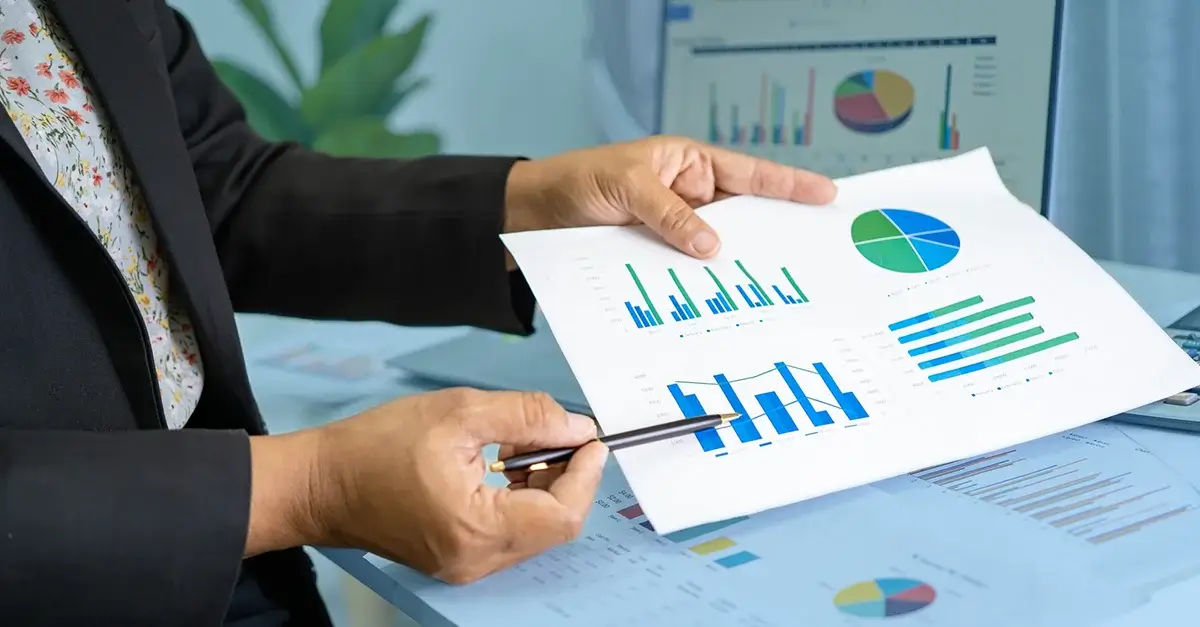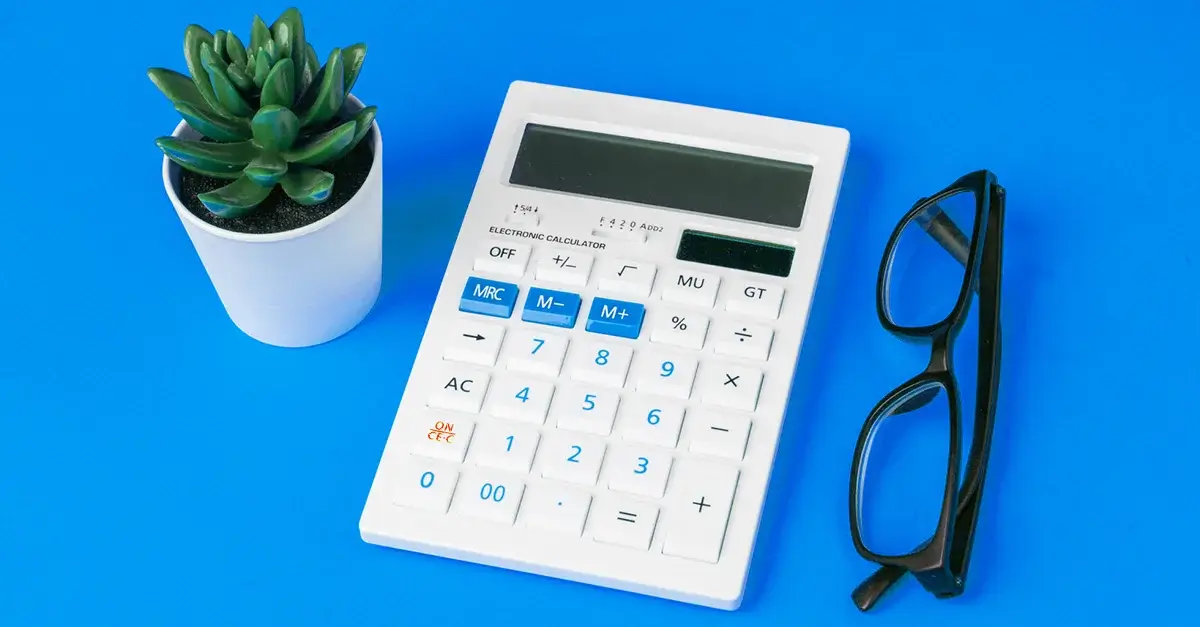Although digital hiring methods help recruiters source talent through a wider reach and sources, it might mean having to go through a lot of applicants to find the best fit with significant time and cognitive effort. Advancements in the fields of big data and artificial intelligence have now made it possible to apply intelligence that helps recruiters find the best fit without them having to do so manually. It has become vitally important that best fit is defined over many aspects including soft skills and personality traits before further organization time and effort is spent on the candidate.
What could be the downside of AI in Recruitment?
It is a fact that the recruitment function is expected to be industry agnostic or in other words a horizontal function. The academic background of most people in recruitment function is usually social sciences or human resource management and seldom in science and technology.
Given this background, an individual in recruitment function perpetually remains on the learning curve on technology, especially in the evolutionary high-tech industry. Therefore, people in recruitment functions have always been dependent on hiring teams for technical and functional assessment.
Over and above the natural non-technical and horizontal nature of people in recruitment function, there is an onslaught of a variety of jargon laced Machine Learning and AI solutions on them. It is recommended that they understand three flawed propositions made by solution providers.
Machine Learning In Future of Recruitment
What has started to worry us are use cases of AI, where the user accepts, or worse, acts upon the cause-effect relationships assumed by algorithms based on machine learning without understanding them.
The fundamental reason for this worry is the way two words “Artificial Intelligence” and “Machine Learning” are casually thrown around these days, used as synonyms of each other, even though they are quite different. People in recruitment and HR function are no exceptions to use them liberally.
We human beings are intuitively adept at identifying patterns and apply knowledge of learned patterns for immediate/ future decision making. Computers can also observe patterns and apply them in their decision-making without ever understanding the conscientious logic/ purpose behind them. Google Translate is one such ML system, which understands neither of the languages or the purpose of communication.
We call this approach “Mimicking”. This works reliably when same things happen reliably over and over again and there are no changes in the environment, such as in Chess. But in the real world of recruitments, candidates and companies both are always evolving and changing.
Lately, the thrust of Machine Learning or “Mimicking” has gone in direction of Big data, in which powerful computers ingest massive amounts of data and look for patterns. The thing to get deeply concerned about is that “Mimicking” or its decision rules in recruitment space are somehow widely believed (because now it is based on even bigger data) and because they are widely believed they are widely used. It has only started to surface that applying “Mimicking” in the evolutionary eco-system of recruitment can be dangerous because of things indeed going wrong at Amazon and other places. On a lighter note, “Mimicking” though by itself is an art form, at times it falls flat, or other times may be construed in bad taste.
Remember that computers while “mimicking” have no common sense. For example, a computer could easily misunderstand the pattern that people wake up in the morning and then eat breakfast to mean that ‘waking up’ makes people ‘hungry’! This patterning without deep understanding of how things work in evolutionary systems is what hurting the Recruitment space. A lot of people, especially non-technical folks in recruitment, have vested their blind faith in Machine Learning or Mimicking because they find it much easier (also the comfort that others are also using it) than understanding what human thinking should get into modeling AI for recruitment.
It is an avowed goal at Turbohire to stay away from Machine Learning, more important to us is whether we are deeply connected and understand how people make decisions in recruitment.
Machine matching between Job Description and Resumes
Two poems can have identical vocabulary and a number of words but the meaning of two poems can be entirely different. Similarly, human beings are innately different and represent abstract properties through their CVs even with similar skills. The attempt to forcefully match bag of words found in CV with those in Job Description is to lose the essence of both.
For illustration, if the Job description is looking for a Horse which can run top-notch derbies, this solution will inherently match contextually irrelevant many four-legged mammals such as mule from Mongolia, zebra from Africa, may be a steed from Kentucky and what not.
Reason is that mathematically speaking, abstract but most important properties of a candidate are represented by statistically insignificant, usually just 1 or 2 words in the entire CV !
While this method feels like progress, it loads the recruitment function and hiring managers to weed out mule and zebra through several screening rounds, which are enormously costly and delay inducing.
Compare new prospects with the 10 best current performers in the role
Argumentatively, this approach of machine matching CVs of new prospects with 10 best current performers in the role appears to be a solid approach and a bright idea in the direction of finding automated solution. Some serious flaws creep in while executing it.
Most often, while companies have the as-received resumes of these 10 best performers which could be 2, 4, 5 or more years older whereas what these 10 are currently doing is seldom available as documents. In this scenario, the method has as serious a flaw as “Historical Trend based projections” described above.
Each human being is unique and is defined by her context towards ability to plan, perform and deliver outcome even while using identical tools and artefacts (an ocean swimmer is different person than a pool swimmer). Hence, other reason to doubt this method is that while it may work reasonably well on skills and tools front, it ignores contextual assimilation of 10 best performers and then comparison with new prospects.












